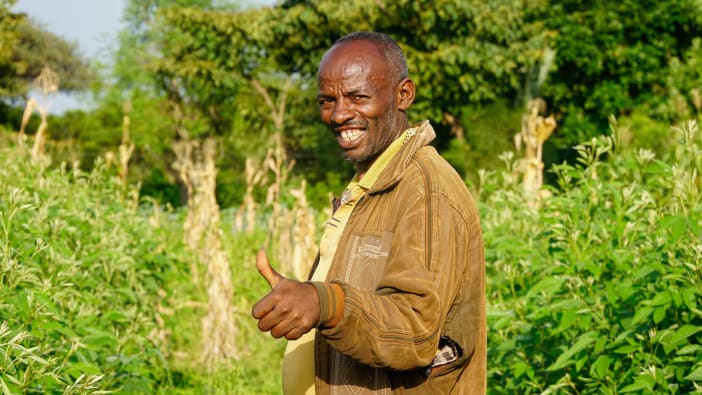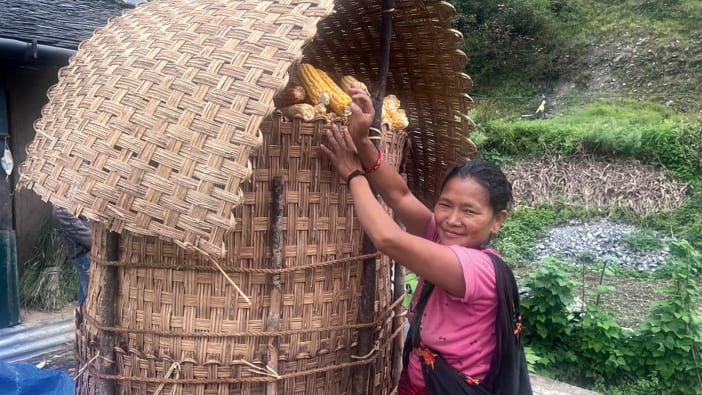We would like to respond to the request in a recent issue of Footsteps about technical knowledge for processing hides and running a small-scale tannery. We have run courses teaching tanning techniques and how to use the leather for items such as sandals and belts. We are preparing a booklet on this subject.
We started our course by discovering together the best available source of tannin in the area. The participants brought in tree leaves and bark from thirty different trees, which we tested with a solution made from ordinary iron pills (available at most chemists) and water. We added ten ground-up pills to a small bottle half full of water and shook it well. To test the samples, we put a bit of the bark in water and added a few drops of the iron pill solution to it. If tannin was present, the solution turned blue-black.
There are many ways to preserve animal skins, but many of the methods used by large tanneries require chemicals that are very hazardous to the environment and toxic to humans. We try to teach methods that use natural materials that can be disposed of safely. The box below shows a method used by one of the participants for tanning goat skins.
Bud and Marlys Larsen, Community Development Co-ordinators for, the Summer Institute of Linguistics.









